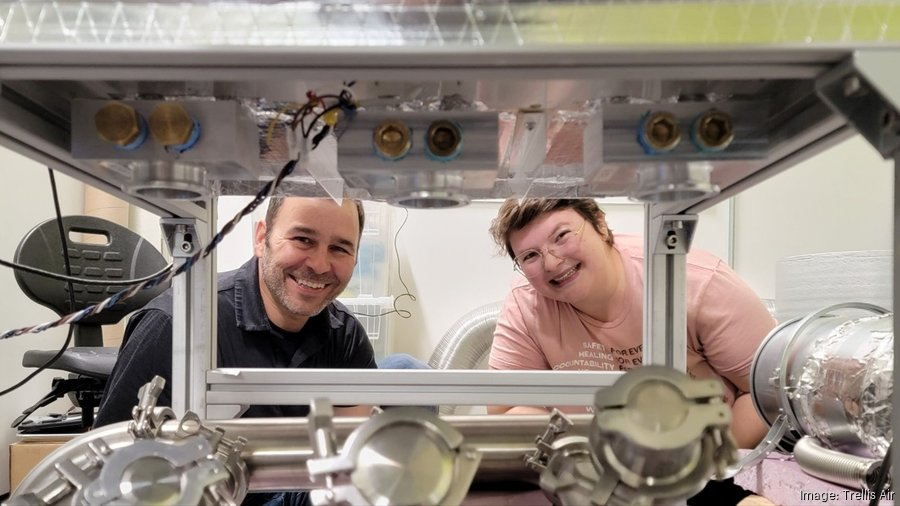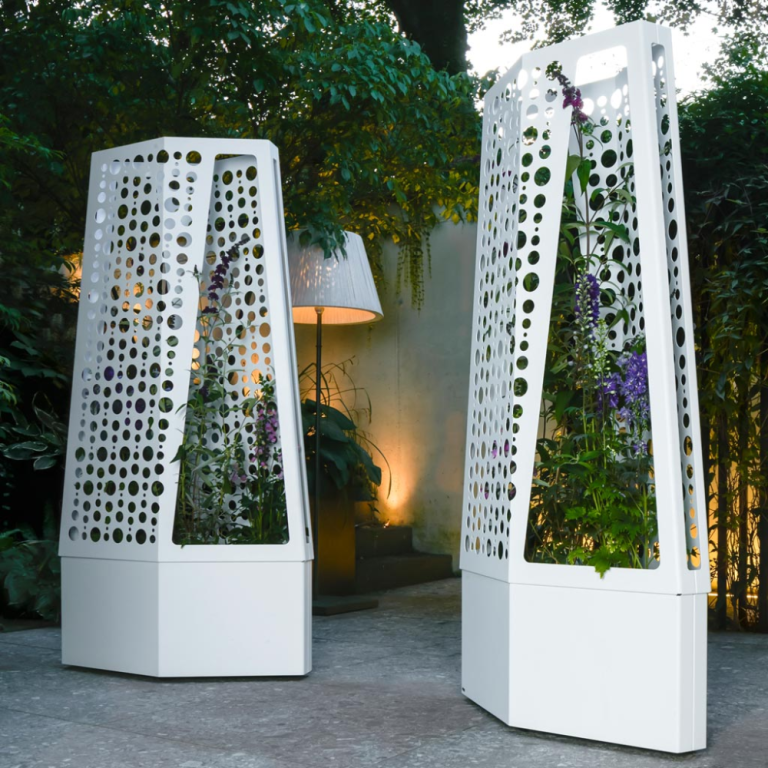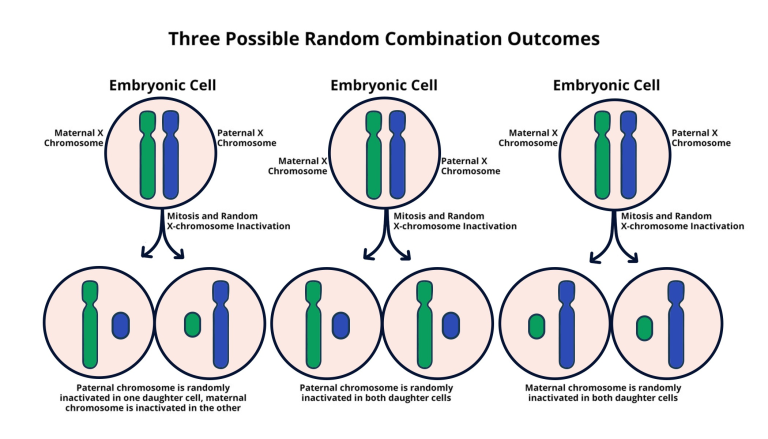Trellis Air technology is poised to revolutionize the field of climate control with its groundbreaking approach to energy efficient cooling. As temperatures rise globally due to climate change, this innovative air conditioning solution, developed by a Harvard startup, addresses the urgent need for more sustainable dehumidification systems. By functioning like a coffee filter, Trellis Air effectively removes moisture from the air while consuming significantly less energy compared to conventional systems. This air conditioning innovation not only targets the reduction of greenhouse gas emissions associated with cooling but also aligns with broader climate change solutions aimed at mitigating environmental impacts. With projections of a 40% increase in cooling demand by 2030, Trellis Air is leading the charge towards a greener future in air conditioning technology.
The Trellis Air system represents a significant advancement in air cooling strategies, embodying a novel approach to atmospheric moisture management. This Harvard-backed initiative utilizes state-of-the-art membrane technology to enhance dehumidification processes, addressing both energy consumption and efficiency concerns. By rethinking conventional cooling methodologies, Trellis Air sets a new standard for heating, ventilation, and air conditioning (HVAC) systems. Such innovations are crucial in our quest for effective climate action, particularly as we face increasing temperatures and demand for more effective climate control solutions. Furthermore, this initiative highlights the synergy between scientific research and real-world applications, paving the way for a more sustainable future.
Revolutionizing Air Conditioning with Trellis Air Technology
The demand for innovative air conditioning solutions has never been more critical, especially as global temperatures continue to rise. Trellis Air technology, developed by a Harvard startup, is positioned to change the traditional cooling landscape by implementing a novel membrane that works similarly to a coffee filter. This cutting-edge system efficiently removes excess moisture from the air, which not only cools spaces but also minimizes energy consumption dramatically. Scientists and engineers behind this breakthrough have combined raw scientific principles with practical engineering to offer a solution that’s not just revolutionary but necessary for combating climate change.
Most conventional air conditioning systems rely heavily on energy-intensive vapor-compression technology, which has been the standard for over a century. The innovation presented by Trellis Air is set to disrupt this status quo. By focusing on energy efficient cooling methods, the new system directly addresses concerns regarding the environmental impact of traditional cooling methods, which contribute significantly to greenhouse gas emissions. The team behind Trellis Air has worked diligently to create a product that not only meets the demands of modern living but also aligns with sustainable practices, making it an ideal choice for climate-conscious consumers.
The Role of Dehumidification Systems in Modern Cooling Solutions
Dehumidification systems play a vital role in enhancing indoor comfort and preserving building materials, and their optimization is essential for improving overall energy efficiency. Traditional dehumidifiers and air conditioners often operate using similar processes, but they require substantial energy inputs, leading to higher operational costs and environmental repercussions. Trellis Air’s approach modernizes dehumidification by integrating state-of-the-art membrane technology that separates moisture from the air with minimal energy expenditure. This not only lowers electric costs for users but also reduces reliance on harmful refrigerants that can contribute to climate change.
The Harvard startup’s novel dehumidification system provides a multi-faceted solution to the air conditioning crisis. By effectively managing humidity levels, Trellis Air’s technology can maintain thermal comfort while ensuring less energy is spent during operation. This is particularly crucial in light of rising temperatures and increasing humidity, where the demand for efficient cooling solutions will inevitably surge. As the Trellis Air system becomes more widely adopted, it promises to redefine the standards for dehumidification systems, aligning them closely with energy efficiency and sustainability goals.
Addressing Climate Change Through Air Conditioning Innovation
The projection that air conditioning demand will increase by up to 40 percent by 2030 poses a significant challenge in the fight against climate change. As such, innovative solutions are urgently needed. The Trellis Air system not only provides an effective means of cooling but also tackles the broader issue of greenhouse gas emissions linked to energy-intensive cooling practices. This is especially pertinent considering that existing air conditioning methods are responsible for a considerable fraction of global emissions, underscoring the importance of reform in this sector.
The collaboration between Harvard scientists and industry veterans behind Trellis Air illustrates the dynamic intersection of academic research and practical application. Their solution reflects a strategic effort to align technological advancement with environmental responsibility, showcasing the potential for startups to be at the forefront of climate change solutions. By emphasizing research-driven development, Trellis Air stands out as an example of how innovation in air conditioning technology can create substantial impacts on energy usage and greenhouse gas emissions.
Harvard’s Role in Shaping Effective Cooling Technologies
The development of the Trellis Air technology is a prime example of Harvard’s commitment to addressing environmental challenges through innovative research. The cooperation between various faculties within the university has fostered a creative environment that allows for the exploration of groundbreaking ideas in air conditioning innovation. By investing in research funded by the Department of Energy and the National Science Foundation, Harvard supports startups like Trellis Air in translating scientific advancements into viable products that address pressing global issues.
Faculty members, scientists, and students at Harvard have come together to push the boundaries of what is possible in cooling technology. Their collaborative efforts not only support the commercialization of these new systems but also ensure that the technology contributes to more sustainable practices within the construction and design industries. The Harvard startup embodies a forward-thinking approach to engineering that prioritizes climate viability alongside modern consumer needs, setting a new standard for future technological innovations.
Trellis Air: A Game Changer for Energy Efficient Cooling
Trellis Air promises to usher in a new era of energy efficient cooling by offering a system that utilizes significantly less energy compared to traditional air conditioners. The system, which operates through a unique membrane filtration process, is designed to optimize the cooling experience while minimizing the environmental impact. This innovation is especially crucial given the increasing percentage of greenhouse gases attributed to energy-intensive cooling practices. As more users adopt Trellis Air technology, it stands to reduce energy consumption substantially.
The potential market impact of Trellis Air’s energy-efficient solutions is profound, particularly given the projected rise in air conditioning demand worldwide. By providing a system that enhances energy efficiency in cooling, Trellis Air not only improves consumer satisfaction but also plays a vital role in reducing humanity’s carbon footprint. This aligns with global sustainability goals, making it a key player in the transition to greener technologies and highlighting the importance of innovative startups in combating climate change.
Engineering Breakthroughs: The Science Behind Trellis Air
The innovative membrane technology developed by Trellis Air represents a significant engineering breakthrough in the field of air conditioning. Unlike traditional systems that rely on complex chemical processes, Trellis Air’s method is inspired by biological principles and aims to remove moisture from the air with remarkable efficiency. This advancement stemmed from rigorous research at Harvard, where multidisciplinary teams collaborated to transform theoretical concepts into tangible products that are ready to be commercialized.
The engineering behind Trellis Air is a testament to the power of scientific exploration and its potential applications in real-world settings. The sophisticated design of the membrane, which is thinner than a human hair, ensures high selectivity while remaining durable for extended use. This remarkable achievement illustrates how combining science with innovative engineering can yield solutions that are both sustainable and effective, paving the way for a new generation of air conditioning technologies.
Commercial Opportunities for Trellis Air Technology
As the need for energy efficient cooling solutions grows, the commercial prospects for Trellis Air technology are significant. The system is designed not just to replace existing products but to enhance their efficiency, making it a compelling option for industries seeking to lower their energy costs. Key applications include not only residential climates but also industrial settings where precise humidity control is essential. By targeting these markets, Trellis Air positions itself as a versatile solution provider in the realm of air conditioning innovation.
The integration of Trellis Air technology into existing systems could drastically improve their operational efficiency, reducing energy requirements and enhancing overall performance. The startup’s business strategy to market its new technology as a ‘pre-drying module’ demonstrates a keen understanding of current market needs. This approach not only broadens its customer base but also strengthens its appeal as a leading choice for organizations committed to sustainability.
Future Prospects for Energy Efficient Cooling Technology
Looking ahead, the future of energy efficient cooling technology is bright, particularly with innovations like Trellis Air leading the charge. As climate change demands urgent action, technologies that prioritize energy conservation and reduced emissions will become integral to commercial and residential designs. Trellis Air’s methodology indicates a shift in how we approach cooling, prioritizing efficiency through scientific advancements that promise to have long-term environmental benefits.
The extensive testing and real-world applications of Trellis Air’s technology further enhance its viability and could serve as a model for future innovations in air conditioning. As consumer awareness of climate issues grows, products that offer sustainable solutions will gain traction, fostering a market that rewards technological ingenuity. Trellis Air not only represents a significant leap in engineering but also reflects the changing landscape of energy use in response to climate pressures.
Impact of Trellis Air on Urban Living
Urban environments often face unique challenges related to temperature extremes and humidity, making efficient cooling solutions a necessity rather than a luxury. Trellis Air has the potential to revolutionize urban living by providing energy efficient cooling systems that address both comfort and ecological concerns. In densely populated areas where energy consumption is already a critical issue, the reduced energy demand of Trellis Air technology could significantly lower the overall carbon footprint of urban centers.
By integrating Trellis Air systems into building designs, cities can enhance their sustainability initiatives while improving residents’ quality of life. The adaptability of this technology to existing infrastructure means that it can be implemented rapidly, making it an attractive option for urban planners and developers. As cities evolve to meet the demands of a warming climate, solutions like Trellis Air will be pivotal in creating livable, resilient environments.
Frequently Asked Questions
What is Trellis Air technology and how does it work for energy efficient cooling?
Trellis Air technology is an innovative approach developed by a Harvard startup that significantly enhances energy efficient cooling. It uses a unique membrane to separate water vapor from the air, similar to how a coffee filter works, allowing air conditioners to cool spaces more efficiently while consuming less energy than traditional systems.
How does Trellis Air’s dehumidification system compare to conventional air conditioning innovation?
Unlike conventional air conditioning systems that rely on refrigerants and result in energy wastage, Trellis Air’s dehumidification system offers a ‘third way’ that directly removes moisture from the air. This innovative air conditioning technology reduces energy consumption, making it a more effective climate change solution.
Can Trellis Air technology help reduce greenhouse gas emissions from cooling systems?
Yes, Trellis Air technology has the potential to drastically reduce greenhouse gas emissions produced by traditional cooling systems. As current air conditioning contributes to about 4% of global emissions, the energy efficient cooling provided by Trellis Air can mitigate this environmental impact.
What makes Trellis Air’s approach to climate change solutions unique?
The uniqueness of Trellis Air’s approach lies in its novel membrane technology, which efficiently dehumidifies and cools air without the high energy demands of traditional air conditioning systems. This innovation positions Trellis Air as a leading solution in the fight against climate change.
What are the potential applications for Trellis Air’s technology in the cooling industry?
Trellis Air technology can be integrated into various applications, including replacing desiccant systems in industrial settings, enhancing dehumidifiers, and serving as a pre-drying module for existing air conditioners globally. Its versatility allows for significant energy savings across multiple sectors.
Who developed Trellis Air technology and what support did it receive?
Trellis Air technology was developed by a team of researchers at Harvard, led by Jonathan Grinham and supported by other experts in materials science and building design. The project received backing from Harvard’s Office of Technology Development and funding from the Department of Energy.
Why is Trellis Air described as a ‘Harvard startup’?
Trellis Air is termed a ‘Harvard startup’ because it originated from research conducted at Harvard University, where a team of scientists and engineers collaborated to innovate air conditioning technology. The startup leverages cutting-edge research to commercialize solutions for energy-efficient cooling.
What benefits does Trellis Air offer over traditional dehumidification systems?
Trellis Air offers several benefits over traditional dehumidification systems, including lower energy consumption, improved efficiency in moisture removal from the air, and greater stability compared to desiccant systems. This positions Trellis Air as a superior solution for energy efficient cooling.
How does Trellis Air contribute to addressing the issue of climate change?
By providing a more energy-efficient alternative to conventional air conditioning systems, Trellis Air plays a crucial role in reducing energy consumption and greenhouse gas emissions, thus contributing to broader efforts in tackling climate change.
What is the long-term vision for Trellis Air technology within the air conditioning market?
The long-term vision for Trellis Air technology is to revolutionize the air conditioning market by significantly improving energy efficiency and reducing environmental impact. The company aims to integrate its innovative systems into various applications, making effective cooling solutions more accessible and sustainable.
| Key Point | Details |
|---|---|
| Climate Impact of Air Conditioning | Air conditioning accounts for up to 4% of global greenhouse gas emissions, higher than all air travel combined. |
| Rising Demand for Cooling | Demand for air conditioning is expected to rise by 40% by 2030 due to climate change. |
| Trellis Air’s Innovation | Trellis Air developed a membrane technology that efficiently cools air without traditional refrigerants. |
| Energy Efficiency | Their system reduces energy use significantly compared to conventional air conditioning systems. |
| Collaboration and Support | The development involved multiple Harvard teams and support from the U.S. Department of Energy. |
| Commercial Pathways | Trellis Air aims to integrate its technology into existing AC systems, targeting industrial applications and dehumidifiers. |
Summary
Trellis Air technology represents a groundbreaking approach in the fight against climate change by providing a new method of cooling air that is significantly more energy-efficient than traditional systems. This innovation not only addresses the increasing demand for air conditioning but also aims to reduce the associated greenhouse gas emissions, showcasing that advancements in science can lead to sustainable solutions for pressing global challenges.





